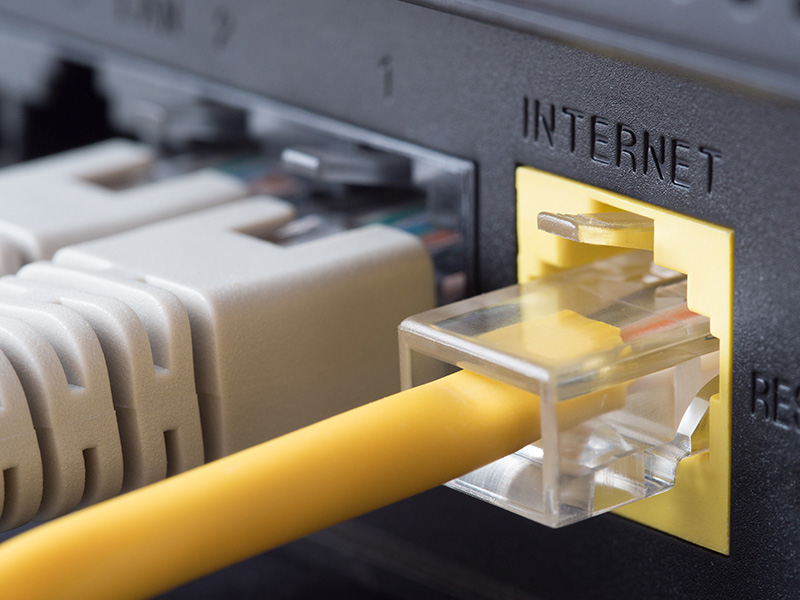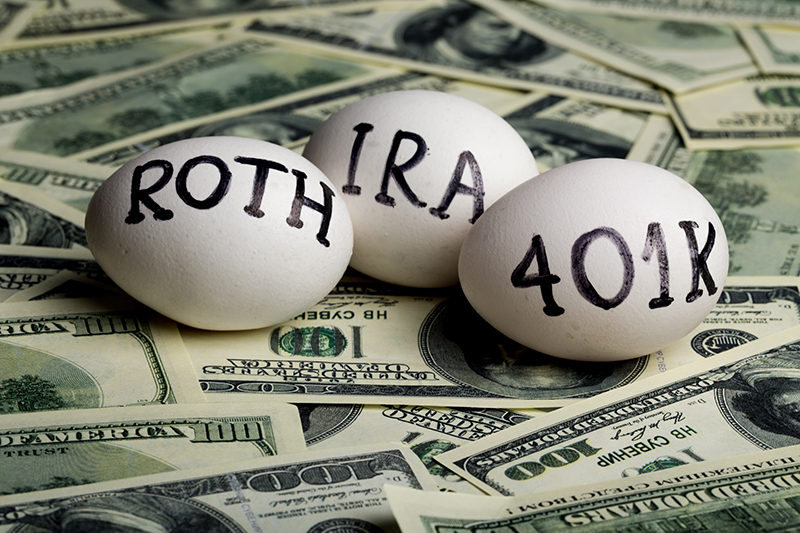Can I Deduct the Internet for My Home Office on My Taxes?
July, 07 2023 by Anne Davis, EA
Before we answer the question, it is important to mention that the answer provided applies to your federal tax return. Your state of residence may or may not conform to the federal government’s rules, so you will need to check.
Now, back to the question: “Can I deduct the internet in my home office?” The answer depends on whether you are an employee or self-employed. Generally, employees are those taxpayers who work for an employer and receive a Form W-2. If you are an employee, unreimbursed employee business expenses, like the costs associated with having an internet connection and a home office, have been suspended through 2025. However, if you are self-employed, you may be able to deduct your home office internet expenses. But, before we review the guidelines for claiming an internet deduction in your home office, let’s go over some of the basic rules surrounding the home office deduction.
What is a home office?
A home office can be a separate room or an identifiable space within a larger area. The space does not have to be separated from the rest of the home by permanent partitions such as walls. It can also be a separate structure not attached to the home. To qualify for the deduction, the home office must be used regularly and exclusively for the business activity. It can be the principal place where the activities of the business are conducted, the place to meet with clients, patients, or customers; a place to store inventory, or a space that is used as a daycare facility. The expenses associated with your home office are deducted on IRS Form 8829, Expenses for Business Use of Your Home.
- Exclusive Use: The “exclusive use” test is met if the area is used only for business purposes. Generally, if your home office is used for both personal and business reasons, then most of the expenses associated with the home office are not deductible. Let’s take a look at an example. Mandy is a songwriter who does her composing from the dining room table. Her family also eats at the dining room table. Although she may regularly compose at the dining room table, the space is not used exclusively for her trade or business. Therefore, Mandy cannot claim a deduction for the business use of the dining room. What if Mandy uses a different space? Instead of the dining room table, Mandy uses a small, unused bedroom to compose her music. She keeps her instruments in this room, and no one else is allowed in the room. Mandy uses it only to conduct her songwriting business. The small bedroom meets the “exclusive use test.”
Keep in mind there are certain exceptions to the exclusive test. These exceptions can include spaces that are used for storing inventory or if the primary activity is a home daycare business.
- Regular Use: The “regular use” test is met if the designated area is used to conduct business on a regular basis as opposed to incidental or occasional use.
- Trade or Business Use: The “trade or business use” is met if the designated area is used in connection with an actual trade or a business and not an activity that is operated more like a hobby. Three of the criteria used by the IRS to define a business are:
- The activity is engaged in with the primary purpose of making a profit.
- The activity is engaged in with continuity and regularity.
- The activity has actually started.
- Principal Place of Business Use: It is not unusual for activities to have more than one business location. For example, an electrician performs their services at their customer’s homes or places of business. However, they can only do their necessary administrative work, such as creating invoices, paying bills, ordering supplies, and conducting any necessary research in their home office. This scenario demonstrates that the “principal place of business use” test is based on the taxpayer’s facts and circumstances.
For more information about how a home office is deducted, please review the following blog on our website: How do I deduct my home office?
Calculating Your Internet Deduction
Internet expenses associated with your home office are deductible on the “Utilities” line of Form 8829. Expenses associated with an office in the home either are considered a direct expense or an indirect expense. Direct expenses are costs that pertain only to the home office. A few examples are the costs incurred to repaint the home office, a separate phone line that is installed and used only for the home office, and a separate insurance policy for the contents in the home office. Usually, 100% of the direct expenses are deductible.
Indirect expenses are those expenses that benefit the entire home and not solely the home office. Examples of indirect expenses include mortgage interest, real estate taxes paid, and most utilities (unless a separate utility line was placed in the home office). Only the business portion of the expense is deductible. This amount is most often determined by the ratio or percentage of the home office square footage compared to the square footage of the entire home.
Returning to Mandy’s composing business, her entire home is 1200 square feet. The small bedroom where she does her composing is 120 square feet. The business portion of Mandy’s indirect expenses is 10% (120/1200 = .10). Mandy uses her home internet connection for her composing business. In 2022, she paid a total of $1,500 in internet expenses. Of this total amount, $150 ($1,500 x 10%) would be deductible as home office internet expense. If Mandy installs a separate internet line to her home office and uses it strictly for her business, the amount of the entire bill that is paid during the year would be deductible as a direct expense.
There is another option for deducting internet expenses if you are self-employed and do not have an office in the home, but the internet is necessary for you to do your work. Instead of deducting your internet expense on Form 8829, the expense is deducted on Schedule C, Profit or Loss From Business, on the “Utilities” expense line. The amount deducted would be based on the business use percentage. One way to calculate the business use percentage is to take the total amount of hours you use the internet for work purposes divided by the total amount of hours in the month. You would multiply that percentage by your monthly internet bill to determine your deductible amount.
Let’s return to Mandy’s composing business. Instead of using the small bedroom for her composing activities, Mandy continues to use the dining room table. Since the space is not used exclusively for her composing, Mandy cannot claim a deduction on Form 8829. However, Mandy can still deduct the business portion of the internet expenses she paid. Mandy used her internet for work purposes for 160 hours in January. January has a total of 744 hours. Her business percentage is 160/744 = 21.5%. She would multiply their January internet cost by 21.5% to get her business deduction amount. She would repeat this for each month she engaged in her composing business. Taxpayers can use any method to determine the number of business hours for their internet expenses, as long as it accurately depicts the business use, and the taxpayer uses the method consistently.
It is recommended that you keep records of all expenses, such as receipts, invoices, billings, and proof of payments. Keeping these documents will be critical if you are audited. And if you are audited, the tax professionals at TaxAudit are here to assist you. We have been in the business of representing and defending taxpayers who are being audited since 1988. Please click here for more information.




